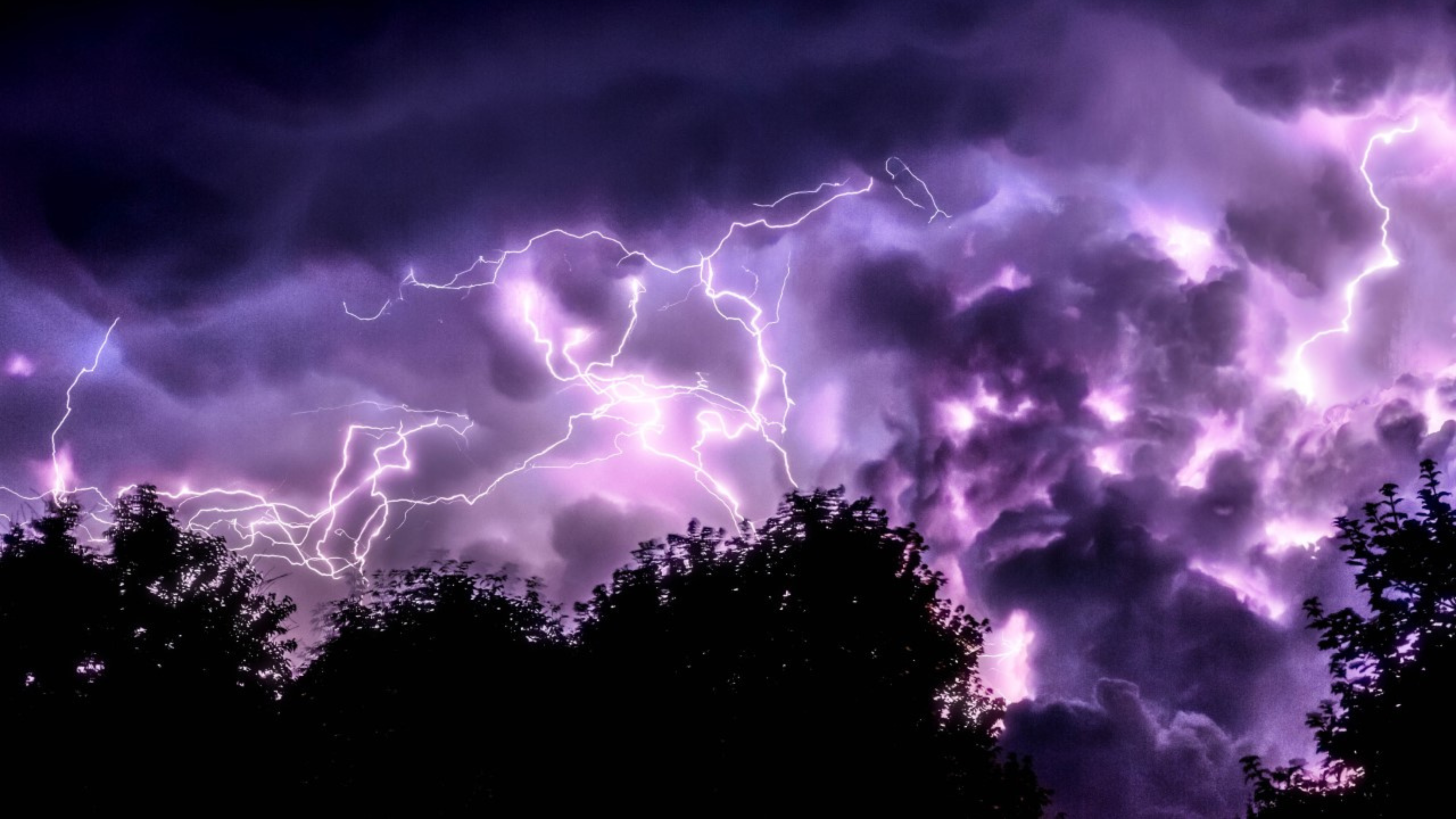Disaster Response Update: Extreme Weather Events are on the Rise
Posted by Versare on Apr 10th 2023

Some analysts estimate that by 2050, severe weather and climate-related events could displace 1.2 billion people across the globe.
Studies are confirming the growing frequency and intensity of extreme weather events – severe heat waves, drought, heavy rainfall, and floods, as well as compound events like wildfires, hurricanes, earthquakes, and tornadoes.
Data from the National Oceanic and Atmospheric Administration (NOAA) shows 2022 had 20 weather and climate disasters causing roughly $150 billion in damages. The agency’s data also shows that the number of billion-dollar weather and climate disasters has been steadily increasing over the past several decades.
The human toll of extreme events
Evidence of the frequency and intensity of extreme weather events continue, with soaring damages to property and human lives.
Globally, the UN’s refugee agency UNHCR, reports an annual average of 21.5 million people displaced by weather-related events since 2008. These numbers are expected to surge in the coming decades. Forecasts from the Institute of Economics & Peace (IEP) predict that 1.2 billion people could be displaced worldwide by 2050 due to climate change and natural disasters.
What this means for rapid response teams
The overwhelming impact will be on infrastructure and populations in areas highly susceptible to weather disasters. A cascade of extreme events can also mean reduced food production, scarcity of water, and lack of safe housing for those hit by disasters.

In addition to providing satellite clinics and hospitals, distribution centers for emergency supplies and food, temporary housing for those displaced by disasters becomes critical.
- Major and catastrophic events will require more intensive housing support. Not only will the number of people requiring shelter be large, extensive damage to structures and infrastructure will limit sheltering options and result in substantially longer shelter operational periods. Increased reliance on tents, habitable vacant buildings, and campgrounds may be required.
- Creative short and long-term housing solutions that address differing geographic situations are needed. Adaptable, durable solutions that help divide space and adapt to both indoor and outdoor sheltering structures provide needed flexibility in rapidly changing conditions.
- Privacy and safety are increasingly important for tight temporary accommodations. Solutions that address noise and create physical separation reduce anxiety for families, create privacy for medical care, and increase safety for everyone involved – response teams, medical personnel and the people directly affected.
Versare has flexible, innovative solutions that can assist you with any natural disaster, emergency, or recovery operation. Find out more today.

